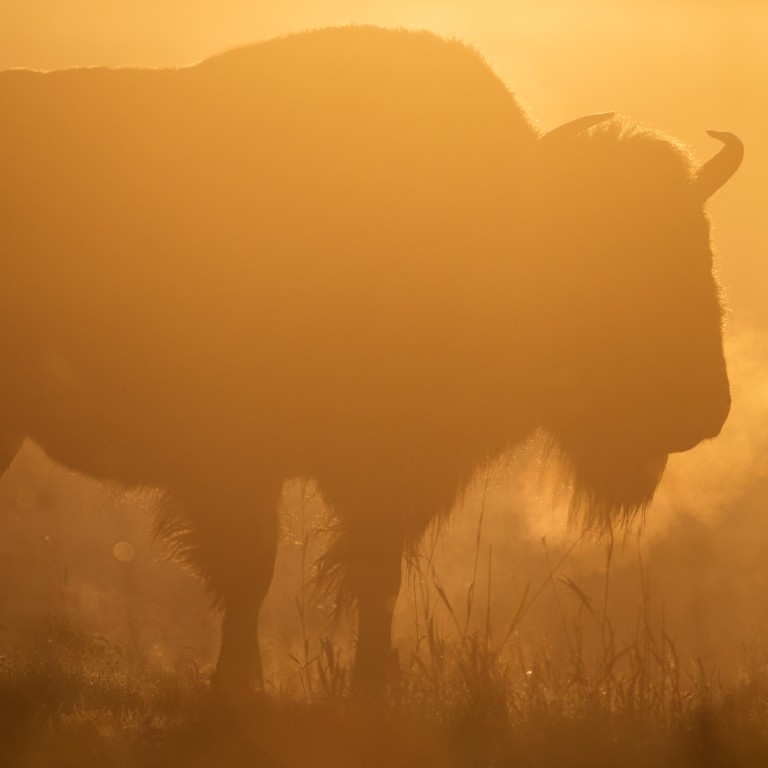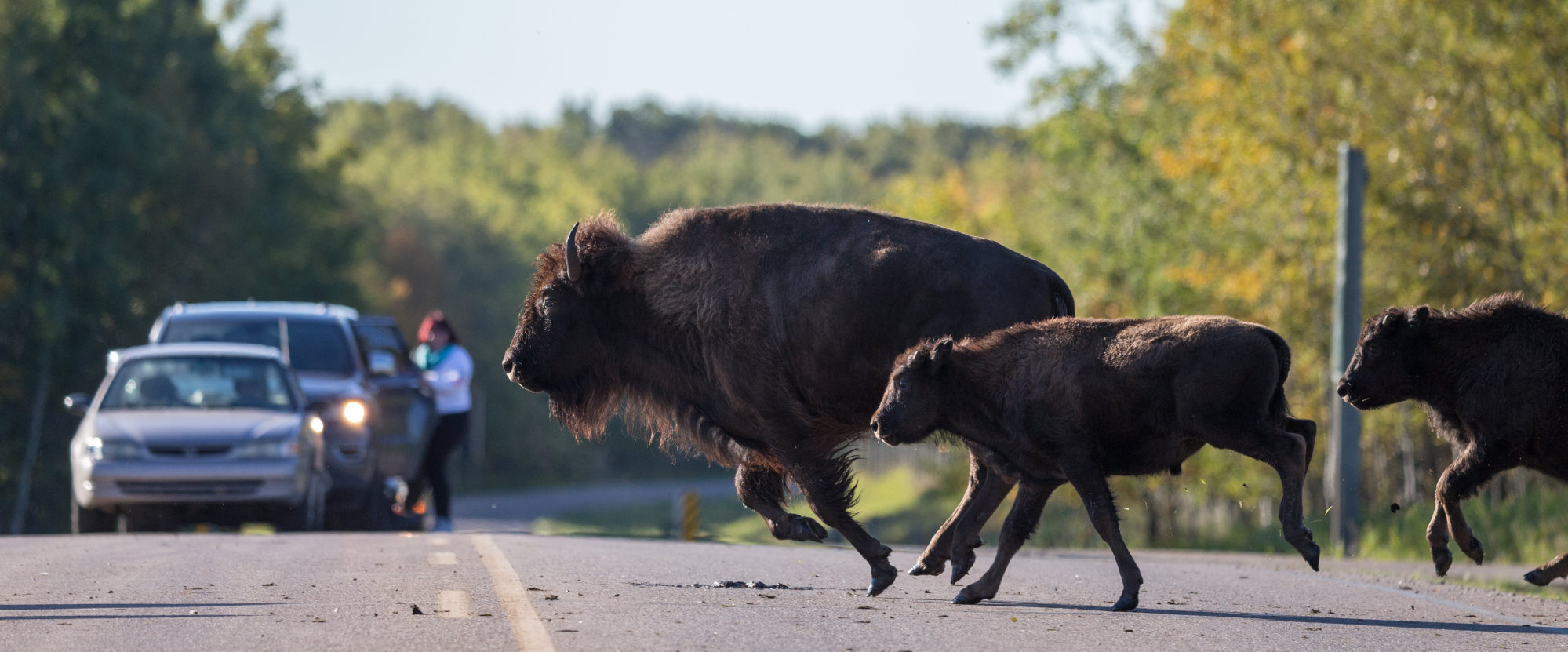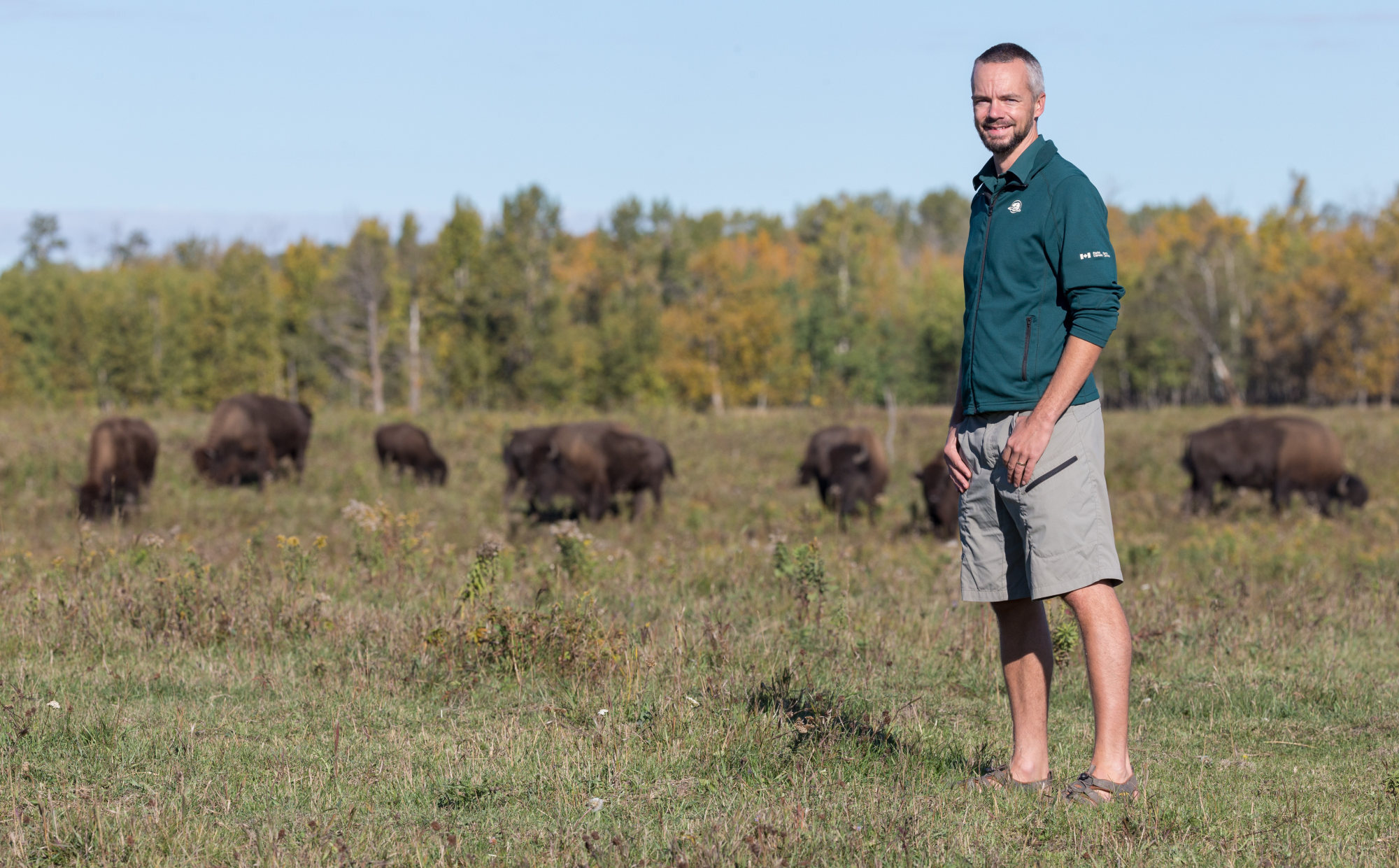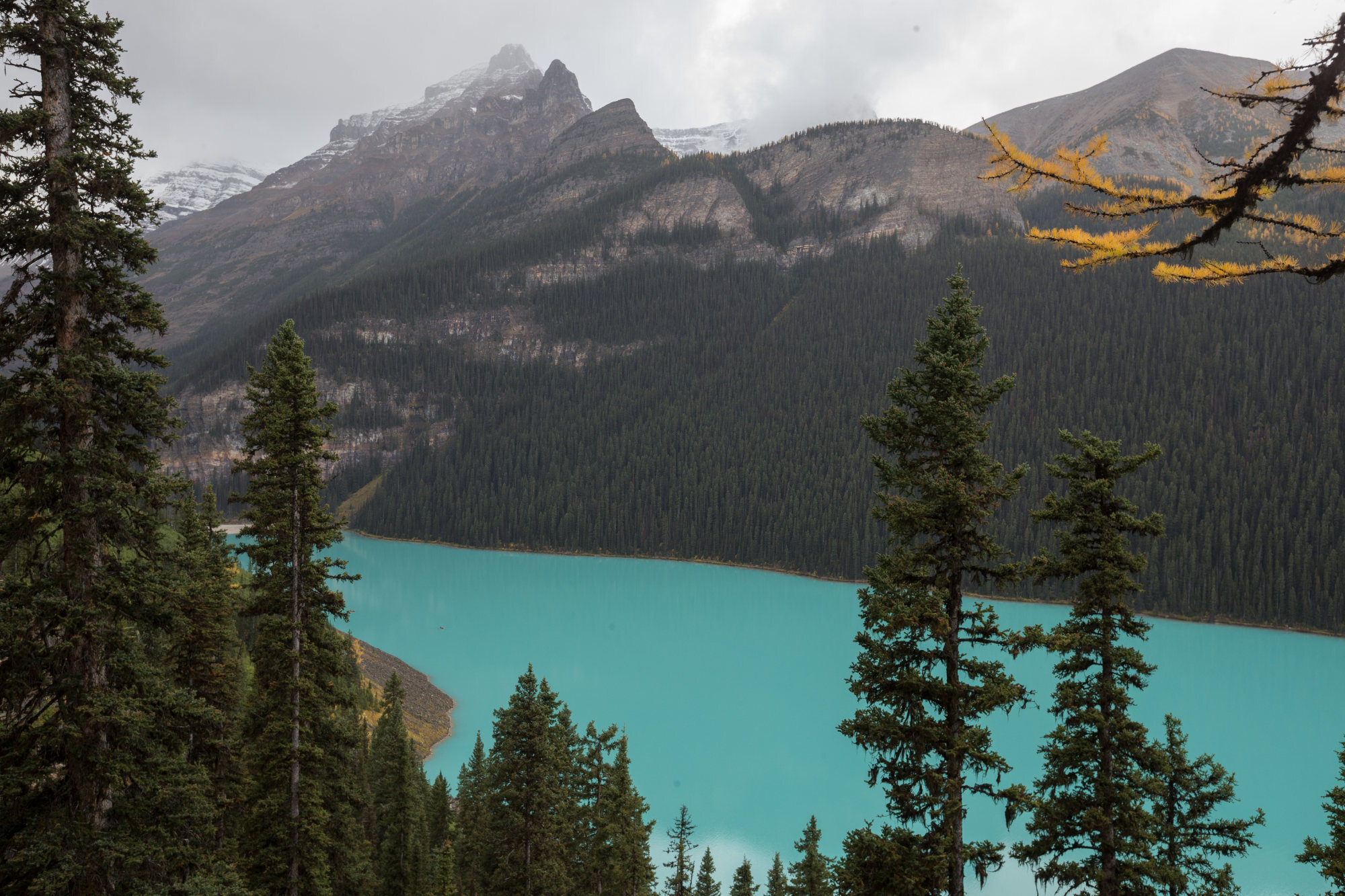
Canada’s bison conservation success story is also partly about a rejuvenation of First Nation culture
- Indiscriminate slaughter saw the bison nearly disappear, but conservation efforts launched in Canada more than a century ago have seen them return to the wild
- From a national park in Alberta they have spread to six provinces, improving ecosystems, aiding a revival of First Nations culture and spurring tourism
It’s dawn at Elk Island National Park and Canada’s largest land animals are on the move. Guttural grunts punctuate the stillness as a herd of plains bison emerge from the mist, the animals’ shaggy silhouettes backlit by the early morning sun. Cows and bandy-legged calves stay close to each other as they graze while a massive, hump-backed bull brings up the rear, warily surveying the landscape.
Surrounded by these mighty herbivores, it’s not hard to imagine thousands upon thousands of them moving across the Canadian plains in a never-ending cycle of life and death.
Around 250 years ago, such a vision was reality. Back then, 30 million to 60 million bison roamed across North America, all the way from Mexico to northern Canada. Huge herds migrated and grazed across open grasslands, playing a critical role in shaping ecosystems and sustaining numerous indigenous tribes.
Yet by 1888, indiscriminate slaughter meant the bison had disappeared completely from the Canadian wild. It was as if they had never existed.
“All that was left of the once awe-inspiring herds that had shaped the ecology and cultures of the Great Plains for millennia were a few scattered survivors behind fences in Manitoba, Montana and Texas,” says Daniel Kraus, director of national conservation at the Wildlife Conservation Society (WCS) Canada.
“At that point we were a few hundred bulls, cows and calves away from witnessing the extinction of the bison in North America.”

But the story of the bison in Canada doesn’t end on this depressing note. A series of reintroductions over the past century mean there are now about 2,200 plains bison and 11,000 wood bison (their close cousins) spread across six Canadian provinces.
In Alberta – considered one of Canada’s prairie provinces, along with Manitoba and Saskatchewan – Elk Island National Park has been central to this recovery.
“Between 1907 and 1909, some of the last surviving bison in North America were shipped to Alberta from Montana,” says Jonathan DeMoor, Elk Island National Park’s ecologist team leader. “Around 40 bison made it, and their descendants are the animals you see here now. In fact, most of the bison you see across Canada today are descended from that original herd.”
Time is running out fast for Hong Kong's water buffalo
About 45 minutes from Edmonton, Elk Island National Park is one of the best places in which to see both plains and wood bison in Canada. This 194 sq km (75 square mile) patch of woodland and wetland is completely enclosed, so those with a little patience are pretty much guaranteed a sighting, with dawn and dusk the optimum viewing times.
The animals frequently cause traffic jams as they cross the main road that bisects the park, but nobody seems to mind.
“Bison are powerful, majestic animals,” says DeMoor. “They tend to evoke strong emotions in the people who see them. If their near-disappearance provided clear evidence that human activity could lead to the extinction of a once abundant species, then their ongoing recovery has shown that we can rectify our mistakes.
“The herds in this park and other spaces help to connect the public with a truly uplifting Canadian conservation story.”
Within the fenced boundaries of the park, Elk Island’s 400 plains and 300 wood bison live alongside other iconic Canadian wildlife, including elk (moose), black bears, lynx, coyotes and timber wolves. The landscape is characterised by myriad lakes, wetlands and ponds, many of which are decorated with massive beaver lodges.

The bison population in Elk Island, which has few predators, grows by an estimated 20 per cent a year and has to be managed. Over the past century, more than 3,000 bison have been translocated from the park to conservation initiatives and indigenous communities across Canada and further afield.
About 220km east of Elk Island, the Onion Lake Cree Nation straddles the border between Alberta and Saskatchewan. Numbering 220,000, the Cree are the largest group of First Nations people in Canada, with about 4,000 Plains Cree living on the 550 sq km Onion Lake reserve. In February, 33 plains bison from the park were transferred here and released.
“The arrival of the bison was a really important moment for our community,” says Philip Chief, Onion Lake Cree Nation’s director of operations. “The bison has always been an integral part of the lives of First Nations people. In the past we relied heavily on bison for our survival and well-being, using every part of the animal for food, clothing, shelter, tools, jewellery, and in ceremonies.”

Chief also points to the bison’s spiritual and cultural significance.
“The return of these animals gives us an opportunity to reconnect with our past and rejuvenate. Today, many First Nations reserves suffer from drug and gang activity. Our elders have said that the best healing tool is to go back to the land. We now run land-based training camps and the bison will be included in these. Our younger generations will have an opportunity to learn about their history and traditions by interacting with the animals in various ways.”
The arrival of the bison has also sparked plans to boost local tourism and set up a meatpacking plant, which would see bison meat supplied to traditional community feasts. Local women are also looking forward to using bison hides to create traditional regalia for dances and ceremonies.
As we better understand the benefits that bison offer, I think we will see more of these iconic animals in the Canadian landscape
Those who stop by the recently renovated visitor centre at Elk Island National Park can view a beautiful example of a “star blanket”, made from bison hide; these were used by First Nations people to wrap the bodies of the deceased.
In 2017, 16 plains bison were transferred from Elk Island to the picturesque Banff National Park, in Alberta’s Rocky Mountains. The herd, which has grown to more than 60 animals, roams a 1,200 sq km reintroduction zone in a remote corner of the park.
“The bison are already having a positive impact on the local ecosystem,” says Emma Badgery, Banff National Park’s communications officer. “For example, their grazing has removed decades of accumulated thatch to reveal old wallows created by their ancestors, which means more seasonal wetland habitat for amphibians such as frogs and toads. It has also opened up habitat for meadow-loving birds and mammals.”


William Snow, a member of Alberta’s Stoney Nakoda Nation and its acting director of consultation, is heading up a project to understand how ancient wisdom could enhance bison management in Banff.
“Many of our elders and knowledge keepers still know a lot about bison,” says Snow. “As bison management improves and we better understand the wide range of positive ecological and cultural benefits that bison offer, I think we will see more and more of these iconic animals in the Canadian landscape.
“These little patches where bison are now are just stepping stones to a more extensive recolonisation. That’s good news for people and for nature.”
It’s also good news for future tourists interested in seeing these majestic beasts thriving in their natural habitat.

